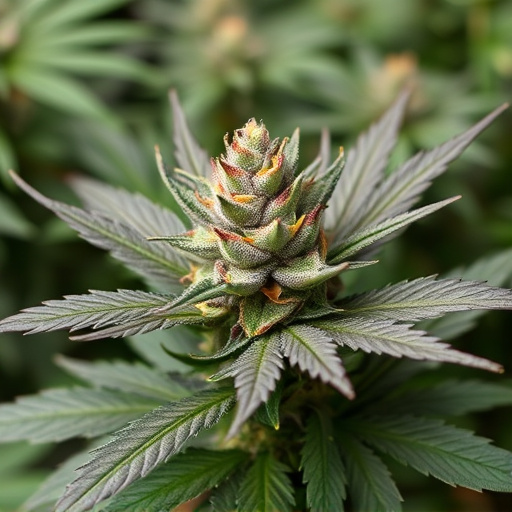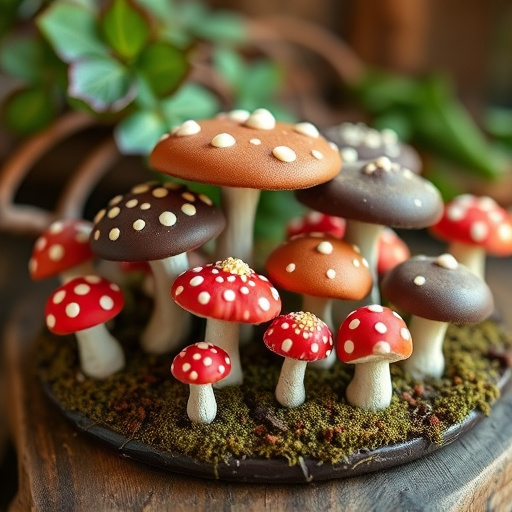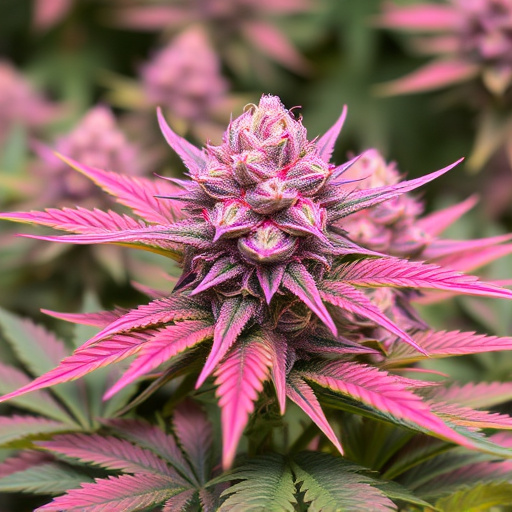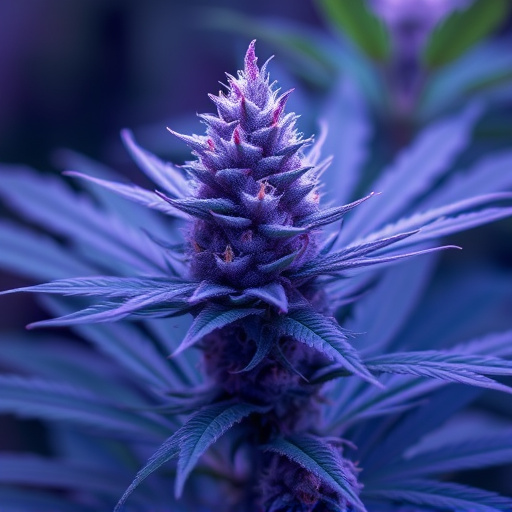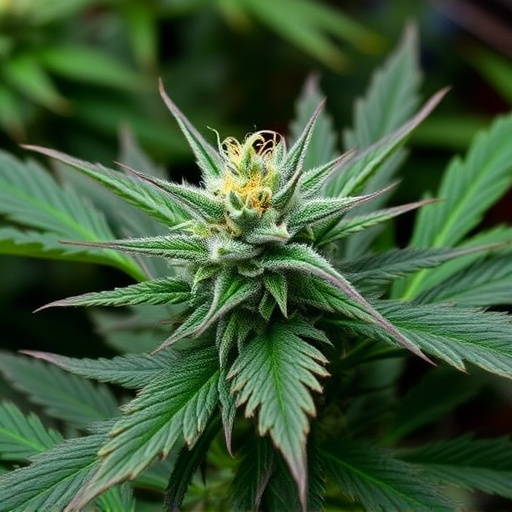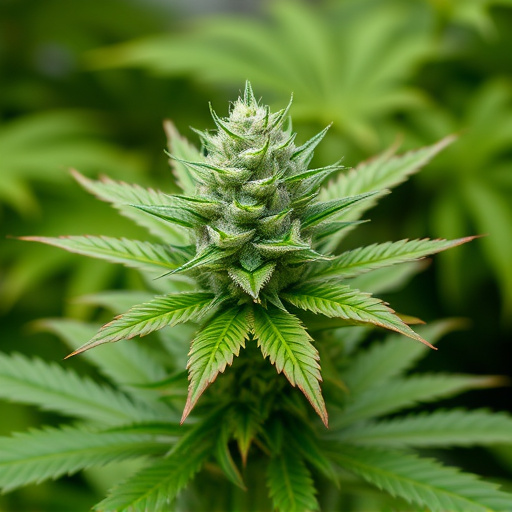The diverse world of cannabis offers a spectrum of experiences driven by genetic variation and environmental influences, as reflected in its most popular cannabis strains like Blue Dream, Girl Scout Cookies, and Northern Lights. Genetic makeup determines cannabinoids and terpenes—key contributors to aroma, flavor, and effects—while growing conditions significantly alter these chemical profiles. Personal factors such as tolerance, metabolism, and sensory perception further customize the experience, making cannabis versatile for therapeutic use and varied consumer preferences.
Unraveling the factors that shape cannabis experiences is essential for both casual users and medical professionals. This comprehensive guide explores the intricate web of influences, from the genetic composition and unique characteristics of the most popular cannabis strains to environmental growth conditions and individual variations in tolerance. By understanding these elements, we can better navigate the diverse effects of this multifaceted plant.
- Genetic Composition and Cannabis Strains
- Environmental Growth Conditions
- Individual Factors and Tolerance
Genetic Composition and Cannabis Strains

The genetic composition of cannabis plants plays a pivotal role in determining the effects users experience, leading to the diverse range of popular cannabis strains available today. Each strain has its unique combination of cannabinoids and terpenes—the chemical compounds responsible for aroma, flavor, and therapeutic properties. For instance, Indica strains are renowned for their calming and relaxing effects, making them popular choices for evening use or managing stress. In contrast, Sativa varieties tend to evoke feelings of euphoria and energy, often preferred during daytime activities or creative pursuits.
Understanding the genetic makeup of different cannabis strains allows consumers to make informed decisions based on their desired effects. The most popular cannabis strains, such as Blue Dream, Girl Scout Cookies, and Northern Lights, have gained fame for their specific attributes—whether it’s their potent THC levels, distinct aromatic profiles, or unique therapeutic benefits. These well-known strains serve as excellent starting points for both novice and experienced users looking to explore the diverse world of cannabis.
Environmental Growth Conditions

The environmental conditions in which cannabis plants are grown play a significant role in shaping their final effects. Factors like climate, soil quality, and light exposure can dramatically impact the chemical composition of the plant. For instance, outdoor cannabis grown in sunny, warm climates tends to produce higher levels of THC, making these plants more potent. This is why many of the most popular cannabis strains, sought after for their desirable effects, are often cultivated in regions with optimal growing conditions.
Additionally, environmental factors influence the terpene profile, which adds aroma and flavor to cannabis and contributes to its therapeutic properties. Different terpenes have various effects on the body and mind, so growers can manipulate these conditions to encourage specific terpene production, creating cannabis varieties tailored to different user preferences and intended effects.
Individual Factors and Tolerance

Cannabis effects can vary greatly from person to person, and understanding individual factors is key. One of the primary influences is tolerance—how much an individual has previously used and their frequency. Those with higher tolerances may not experience the same intense effects from popular cannabis strains like Indica or Sativa, while newcomers might be surprised by their potency. Personal metabolism also plays a role; faster metabolisms can lead to quicker onset and shorter durations of effects. Additionally, individual sensory perception, including smell, taste, and touch, contributes to how one interacts with cannabis. Some people may be more sensitive to certain cannabinoids or terpenes found in the most popular cannabis strains, resulting in unique experiences.
Understanding the factors that shape cannabis effects is key to navigating the diverse landscape of this complex plant. From genetic composition and environmental growth conditions to individual factors like tolerance, each plays a unique role in determining how different cannabis strains impact users. By recognizing these influences, individuals can make informed choices about which strains best suit their needs and preferences among the most popular cannabis strains available.
